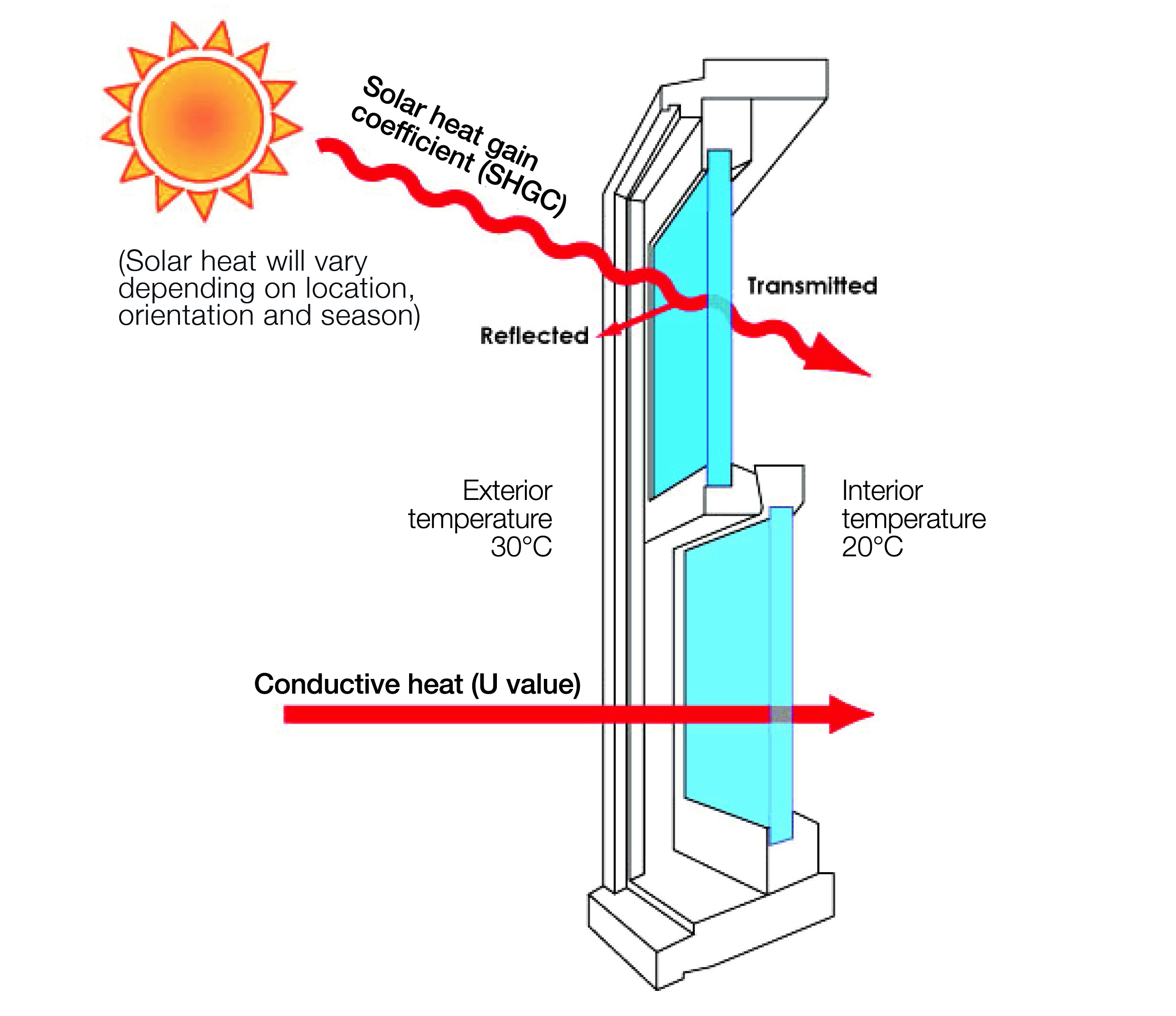All Categories
Featured
Table of Contents
How Are Double Glazed Windows More Energy Efficient? in Ascot Perth
Laminated glass is typically utilized in areas in the home most susceptible to injury from human effect such as bathrooms, doors, around staircases and in locations close to the flooring (it fulfills the requirements of 'security glass' that is mandated for usage in these locations by Australian Standard AS 1288 Glass in buildings).
Toughened glass has actually been 'tempered' by being reheated and rapidly cooled once again. This process makes it much more powerful than basic glass it can resist greater impact loads prior to breaking. It also makes it more secure since, when it does shatter, it burglarizes many small cubic pieces rather than unsafe shards.
What Are Double Glazed Windows? in Bullsbrook WA
Toughened glass has no thermal or acoustic benefits over other glass of the same toning or thickness. Secondary glazing is where single-glazed windows are retrofitted with a transparent acrylic or glass sheet connected to the within the frame or openable sash with a secondary frame or with magnetic strips.


Secondary glazing will not perform also thermally as a made IGU, since it is difficult to completely seal the boundary, but it can supply good noise control. Window movies are a thin polymer movie containing an absorbing dye or reflective metal layer, with an adhesive backing. They adhere to your glazing to alter its colour or make it reflective.
Glass & Glazing - Easy Windows Upvc Double & Triple ... in Cloverdale WA
Applied to existing glass, some window movies can cut in half the overall SHGC of the window by taking in and/or showing solar radiation. This can be particularly advantageous in hotter climates where cooling is the primary concern, or on east and west elevations directly exposed to extended periods of sunlight. Window films may also lower noticeable light transmittance.

For this factor, it is normally best to utilize a certified installer of window film. Frames have a substantial influence on the thermal performance of doors and windows, because energy can be gotten and lost through the frame, as well as through the glass. Different types of frame will allow different levels of heat gain and loss, so cautious choice of frame is necessary for effective passive style.
What Is The Best Glazing For My Home? - Part 2 in Manning Perth
However, aluminium is also a great conductor of heat and will decrease the insulating value of a glazing system, unless specifically engineered to reduce this. A 'thermally broken' frame is made up of 2 aluminium areas linked by a structural insulator (typically a low-conductivity structural polymer). This 'breaks' the thermal connection through the aluminium and minimizes the heat streaming through the frame.
Wood frames are an excellent natural insulator that can suit some house designs. Lumber frames must be made from types that have naturally high resilience or be treated to avoid decay and contortion.
Summer Scorcher Predicted, Again! Double Glazed ... in Forrestdale Perth
(weather condition removing) is installed.
u, PVC windows and doors have excellent thermal efficiency Image: Ben Wrigley (Light House Architecture and Science) Composite frames utilize aluminium profiles on the external areas with either a lumber or u, PVC inner section. These integrate the low maintenance and sturdiness of aluminium with much improved thermal efficiency.
Table of Contents
Latest Posts
8 Benefits Of Double Glazing To Take Advantage Of in Orelia Perth
Which Type Of Double Glazed Window Frame Is Right For You? in Ocean Reef Western Australia
Twinglaze® Double Glaze Specification Act - Vic in Inglewood WA
More
Latest Posts
8 Benefits Of Double Glazing To Take Advantage Of in Orelia Perth
Which Type Of Double Glazed Window Frame Is Right For You? in Ocean Reef Western Australia
Twinglaze® Double Glaze Specification Act - Vic in Inglewood WA